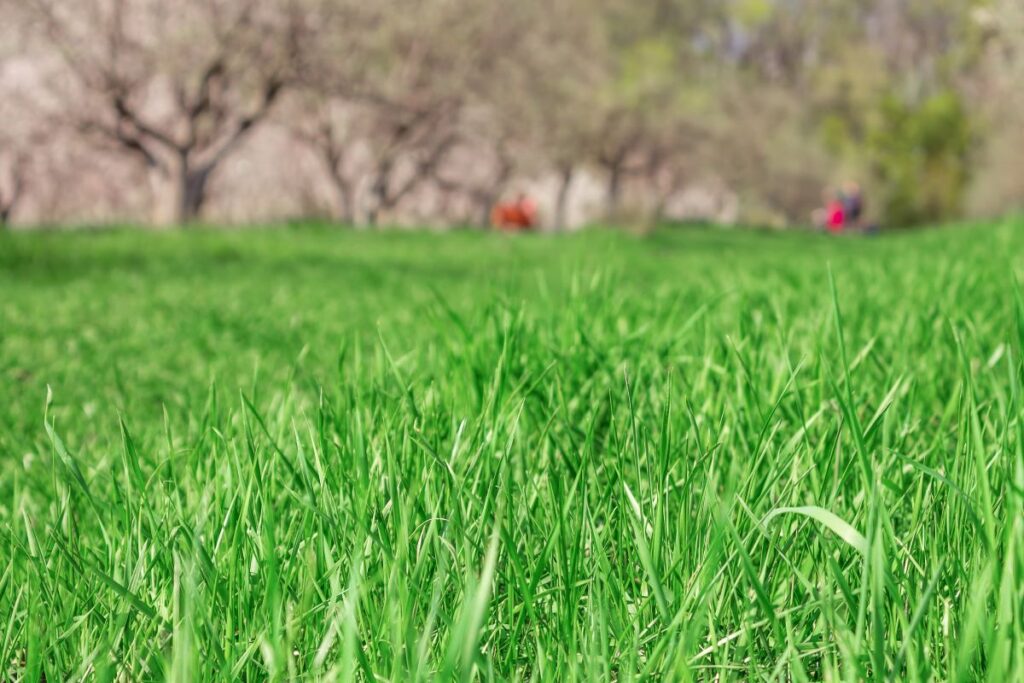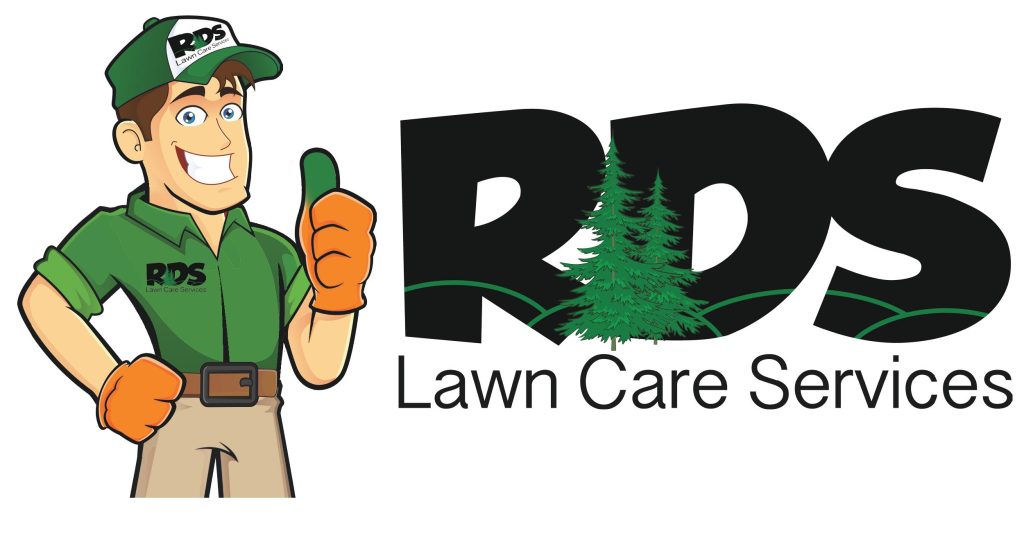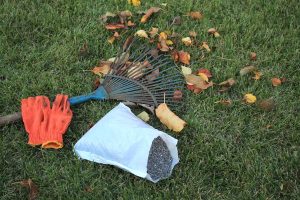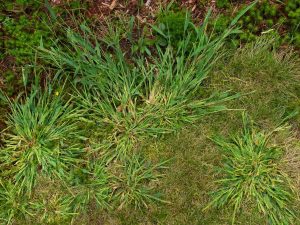Why You Shouldn’t Seed Your Lawn in Spring (Fall Seeding Tips for Fescue Lawns)
When the weather warms up in the spring, many homeowners feel inspired to improve their lawn. The grass starts greening up, the sun is shining, and it feels like the perfect time to seed bare patches. But here’s the truth: spring is the worst time to seed fescue lawns. If you want thick, healthy turf that can withstand summer heat, fall seeding is the way to go.
At RDS Lawn Care Services in Charlotte, NC, we’ve seen the difference firsthand. In this article, we’ll explain why you shouldn’t seed your lawn in spring, show the risks of spring seeding, and share proven fall seeding tips for fescue that will help your lawn thrive year-round.
Why Spring Seeding Doesn’t Work for Fescue
It’s easy to understand why people think spring is the right time to seed. The temperatures are mild, the soil is workable, and lawns are bouncing back from winter dormancy. But here’s the problem:
- Short Growing Window – Fescue planted in spring only has a few weeks to grow before summer heat arrives. That’s not enough time to establish deep roots.
- Heat Stress – Once July temperatures hit the high 90s, newly seeded fescue simply can’t survive. Shallow roots dry out quickly, leaving thin patches or dead grass.
- Weed Competition – Spring is also peak season for weeds like crabgrass and clover. Freshly seeded fescue struggles to compete with aggressive weed growth.
- Wasted Time & Money – Even if spring seeding looks good at first, most of it fails by mid-summer, meaning you’ll spend twice as much reseeding again in the fall.
The bottom line? Spring seeding sets you up for disappointment.
Why Fall Is the Best Time to Seed Fescue

Fall provides the perfect growing conditions for fescue lawns:
- Cooler Temperatures: Grass germinates and grows without battling extreme summer heat.
- Less Weed Competition: Fewer weeds sprout in fall, giving new fescue a chance to establish.
- Longer Root Development: With an entire fall, winter, and spring ahead, fescue roots grow deep and strong before summer.
- Better Results: A dense, healthy lawn that resists weeds, pests, and heat stress.
If you want lasting results, fall is the best time to aerate and seed fescue lawns.
Fall Seeding Tips for Fescue Lawns
Now that you know why you shouldn’t seed your lawn in spring, let’s cover some expert tips to make your fall seeding a success:
- Aerate Before Seeding
Core aeration loosens compacted soil and creates channels for seed, water, and nutrients to penetrate. This gives fescue seedlings the best start possible.
- Choose High-Quality Seed
Not all grass seed is created equal. Use a premium fescue blend that’s suited for the Charlotte, NC climate.
- Time It Right
The best time to seed is mid-September through mid-October. This window provides warm soil for germination and cooler air for growth.
- Fertilize Properly
A starter fertilizer ensures your seedlings get the nutrients they need to develop strong roots.
- Water Consistently
Keep soil consistently moist until seeds germinate. Afterward, transition to deeper, less frequent watering to encourage root growth.
Real-Life Example: Spring vs. Fall Seeding
Take a look at this real example from one of our lawns in Charlotte, NC. After winter damage, we had no choice but to seed a section in spring. By April and May, the grass looked healthy—but by July, extreme heat left it thin, weak, and struggling.
Now compare that to a section that was seeded in the fall. It had the entire winter and spring to develop a strong root system. When summer arrived, it was thicker, greener, and able to withstand heat stress.
This side-by-side comparison proves it: fall seeding outperforms spring seeding every time.
Common Lawn Care Mistakes to Avoid
Many homeowners struggle with lawn care because they follow seasonal instincts rather than proven strategies. Here are some mistakes to avoid:
- Seeding in spring instead of fall.
- Ignoring aeration before overseeding.
- Using cheap, low-quality seed.
- Overwatering or underwatering new grass.
- Skipping fertilizer applications.
By avoiding these pitfalls, you’ll save time, money, and frustration—and enjoy a healthier lawn.
Why Professional Lawn Care Delivers Better Results
Seeding your lawn might sound simple, but getting professional results requires expert timing, the right equipment, and proven turf management strategies. At RDS Lawn Care Services in Charlotte, NC, we specialize in:
- Aeration and overseeding in the fall to strengthen fescue lawns.
- Customized lawn care programs for the Charlotte climate.
- Weed control and fertilization to protect new seedlings.
- Ongoing turf management to ensure your lawn thrives year-round.
With our help, you’ll avoid the frustration of failed spring seeding and enjoy a lawn that looks good in every season.
Seed Smart for a Stronger Lawn
It may be tempting to seed your lawn in spring when the weather feels perfect, but don’t fall for it. Spring seeding doesn’t give fescue enough time to establish before summer stress. Instead, plan for fall aeration and overseeding to build a lawn with stronger roots, fewer weeds, and better heat tolerance.
At RDS Lawn Care Services, we help Charlotte homeowners achieve greener, healthier lawns with proven fall seeding tips for fescue and professional turf management.
👉 Learn more about our lawn care programs: https://rdslawncare.com
📞 Call us today at 704-822-1625 to schedule fall aeration and overseeding!
RDS Lawn Care Services – Saving Lawns Since 1996.



